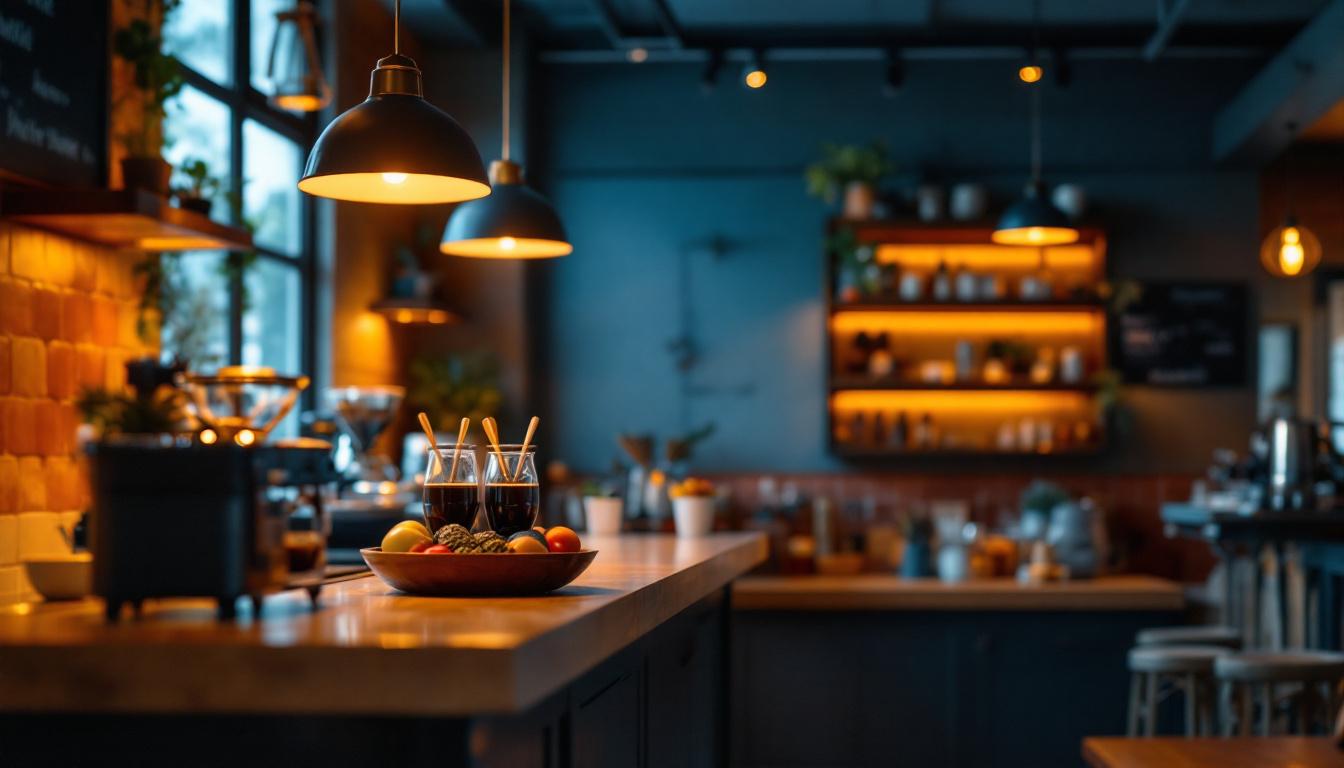
Lighting plays a crucial role in the ambiance and functionality of coffee bars. As a lighting contractor, understanding the unique requirements of this environment can significantly enhance the customer experience while also meeting the operational needs of the business. This article explores essential considerations and expert advice for lighting coffee bars effectively.
Coffee bars are more than just places to grab a quick caffeine fix; they serve as social hubs where customers gather to relax, work, or socialize. The lighting in these spaces must cater to diverse activities and moods, making it essential for lighting contractors to grasp the nuances of the coffee bar environment.
Creating a welcoming atmosphere is paramount in a coffee bar. The right lighting can evoke feelings of warmth and comfort, encouraging customers to linger longer. Soft, warm light can make a space feel inviting, while brighter, cooler light may be appropriate during peak hours when efficiency is key.
Consider the layout of the coffee bar. Different zones may require varying lighting intensities. For example, seating areas benefit from softer, ambient lighting, while the counter and preparation areas need brighter task lighting to ensure staff can work efficiently. Additionally, incorporating accent lighting can highlight unique design elements, such as artwork or specialty coffee displays, further enhancing the overall aesthetic and drawing customers’ attention to the bar’s offerings.
In addition to creating a pleasant atmosphere, lighting must also serve practical purposes. Lighting contractors should assess the specific tasks performed in the coffee bar, from brewing to serving. Properly placed task lighting can enhance visibility in these areas, reducing the risk of accidents and improving overall workflow.
Moreover, consider the energy efficiency of the lighting solutions being implemented. LED fixtures are increasingly popular due to their longevity and lower energy consumption, making them an excellent choice for coffee bars looking to minimize operational costs. Furthermore, the use of dimmable lighting systems allows for flexibility throughout the day, enabling coffee bars to adjust the ambiance according to the time and customer flow. This adaptability not only enhances the customer experience but also contributes to energy savings by allowing staff to tailor lighting levels to specific needs, whether during a bustling morning rush or a quieter afternoon lull.
When designing a lighting scheme for a coffee bar, it is essential to incorporate various types of lighting to achieve the desired effect. A well-rounded approach typically includes ambient, task, and accent lighting.
Ambient lighting provides the overall illumination for the space. This type of lighting sets the mood and creates a comfortable environment for customers. Fixtures such as pendant lights, chandeliers, or wall sconces can be used to achieve this effect.
When selecting ambient lighting, consider the height of the ceilings and the overall design aesthetic of the coffee bar. Fixtures should complement the decor while providing sufficient light to ensure safety and comfort. Additionally, the color temperature of the ambient lighting plays a crucial role; warmer tones can create a cozy atmosphere, while cooler tones may lend a more modern, energetic vibe. Experimenting with dimmers can also allow for flexibility, enabling the coffee bar to transition from a bright morning bustle to a relaxed evening setting.
Task lighting is essential for areas where specific activities occur, such as the coffee preparation counter or the pastry display. This lighting should be bright enough to illuminate work surfaces without causing glare or harsh shadows.
Under-cabinet lighting and adjustable track lights are popular choices for task lighting in coffee bars. These solutions can be directed to focus on work areas, ensuring that staff can perform their tasks efficiently and safely. Furthermore, incorporating energy-efficient LED bulbs can reduce operational costs while providing ample illumination. Consideration should also be given to the placement of task lighting; strategically positioning lights to avoid obstructing the workflow can enhance productivity and create a seamless experience for both staff and customers.
Accent lighting adds visual interest and highlights specific features within the coffee bar. This could include illuminating artwork, showcasing product displays, or creating a focal point at the coffee counter.
Using LED strip lights or spotlights can effectively enhance these areas. Accent lighting not only draws attention to key elements but also contributes to the overall ambiance, making the space feel more dynamic and engaging. Additionally, using colored or adjustable lighting can create a unique atmosphere that reflects seasonal themes or special promotions. For instance, a warm golden hue could evoke a sense of comfort during the winter months, while brighter, vibrant colors might energize the space for summer events. By thoughtfully integrating accent lighting, coffee bars can create a memorable experience that encourages customers to linger and enjoy their surroundings.
The color temperature of lighting significantly influences the mood and perception of a coffee bar. Measured in Kelvin (K), color temperature can range from warm (around 2700K) to cool (above 5000K). Understanding how these temperatures affect the environment is crucial for lighting contractors.
Warm light, typically around 2700K to 3000K, creates a cozy and inviting atmosphere, ideal for coffee bars where customers are encouraged to relax and socialize. This type of lighting can enhance the natural colors of wood, textiles, and food, making the space feel more welcoming.
Incorporating warm light in seating areas can encourage customers to stay longer, increasing the likelihood of repeat visits. It also helps create a sense of intimacy, which is particularly beneficial during early morning hours or late evenings.
Cool light, usually above 4000K, is often used in areas where tasks require higher visibility and focus. This type of lighting can be beneficial during peak hours when staff need to work quickly and efficiently.
However, it is essential to balance cool lighting with warmer tones in customer areas to avoid creating a sterile or uninviting atmosphere. A mixed approach can ensure that both staff and customers feel comfortable and productive.
Incorporating lighting controls and automation can enhance the functionality and flexibility of coffee bar lighting. This technology allows for adjustments based on time of day, occupancy, or specific events, providing a tailored experience for both customers and staff.
Dimmer switches can significantly enhance the versatility of a coffee bar’s lighting. By allowing for adjustments in brightness, dimmers can create a more intimate setting during quieter hours or increase brightness during busy periods.
Implementing dimmable LED fixtures can also contribute to energy savings. This flexibility not only enhances the customer experience but can also lead to lower operational costs over time.
Smart lighting systems offer advanced control options, enabling lighting contractors to create customized settings that can be adjusted remotely. These systems can be programmed to change lighting based on the time of day or specific events, such as live music or special promotions.
Furthermore, smart systems can integrate with other technologies, such as HVAC and security systems, creating a cohesive and efficient environment. This level of control can enhance the overall customer experience while optimizing energy usage.
Safety should always be a top priority when designing lighting for coffee bars. Ensuring compliance with local codes and regulations is essential to create a safe environment for both customers and staff.
Different areas of a coffee bar may require specific illumination levels to ensure safety and functionality. For instance, entryways and exits should be well-lit to prevent accidents, while work areas should have sufficient lighting to reduce the risk of spills or injuries.
Consulting local building codes can provide guidance on the required illumination levels for various areas within the coffee bar. Adhering to these standards not only ensures safety but also protects the business from potential liabilities.
Careful consideration should be given to the placement and design of light fixtures. Fixtures should be positioned to minimize glare and shadows, which can create hazards in high-traffic areas. Additionally, using shatter-resistant fixtures in food preparation areas can enhance safety.
Incorporating features such as motion sensors can also improve safety by ensuring that areas remain well-lit when occupied, reducing the risk of accidents during busy hours.
The coffee bar industry is constantly evolving, and so are the trends in lighting design. Staying updated on the latest trends can help lighting contractors provide innovative solutions that meet the changing needs of coffee bar owners and their customers.
Biophilic design, which emphasizes the connection between people and nature, is gaining popularity in coffee bars. Incorporating natural elements such as plants and natural light can enhance the overall ambiance and improve customer satisfaction.
Using fixtures that mimic natural light or incorporating daylight-harvesting technologies can create a more inviting environment. This trend not only improves aesthetics but can also positively impact customer mood and well-being.
The industrial aesthetic remains a strong trend in coffee bar design, characterized by exposed brick, metal fixtures, and rustic finishes. Lighting solutions that complement this style, such as Edison bulbs and vintage-inspired fixtures, can enhance the overall look and feel of the space.
Lighting contractors should consider how to integrate these elements into their designs, ensuring that the fixtures align with the overall theme while providing the necessary functionality.
Effective lighting design is a vital aspect of creating a successful coffee bar. By understanding the unique needs of this environment, lighting contractors can provide tailored solutions that enhance the customer experience while ensuring safety and functionality.
From selecting the right types of lighting to incorporating advanced controls and staying updated on trends, there are numerous factors to consider. By applying expert advice and best practices, lighting contractors can elevate the ambiance of coffee bars, creating spaces that customers love to visit time and again.
Ready to transform your coffee bar with lighting that combines style, efficiency, and unbeatable value? Look no further than LumenWholesale. Our extensive selection of spec-grade lighting products is designed to meet the highest industry standards, ensuring your coffee bar shines in the best light possible. Say goodbye to inflated markups and hello to top-quality lighting at wholesale prices. Plus, with free shipping on bulk orders, you can enjoy premium lighting solutions that don’t break the bank. Elevate your coffee bar’s ambiance today by visiting Wholesale Lighting at the Best Value and discover the LumenWholesale difference.
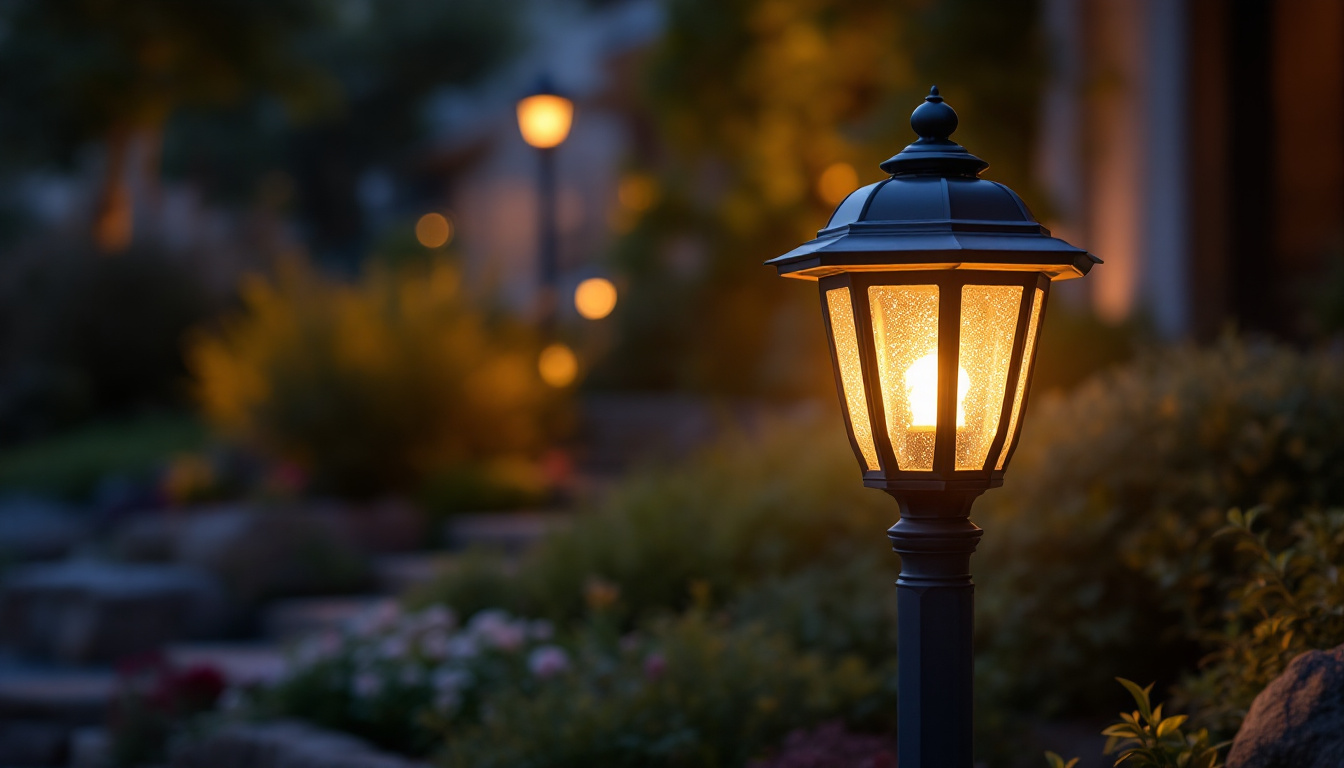
Discover expert tips and best practices for installing solar lamp post lanterns in this comprehensive guide tailored for lighting contractors.
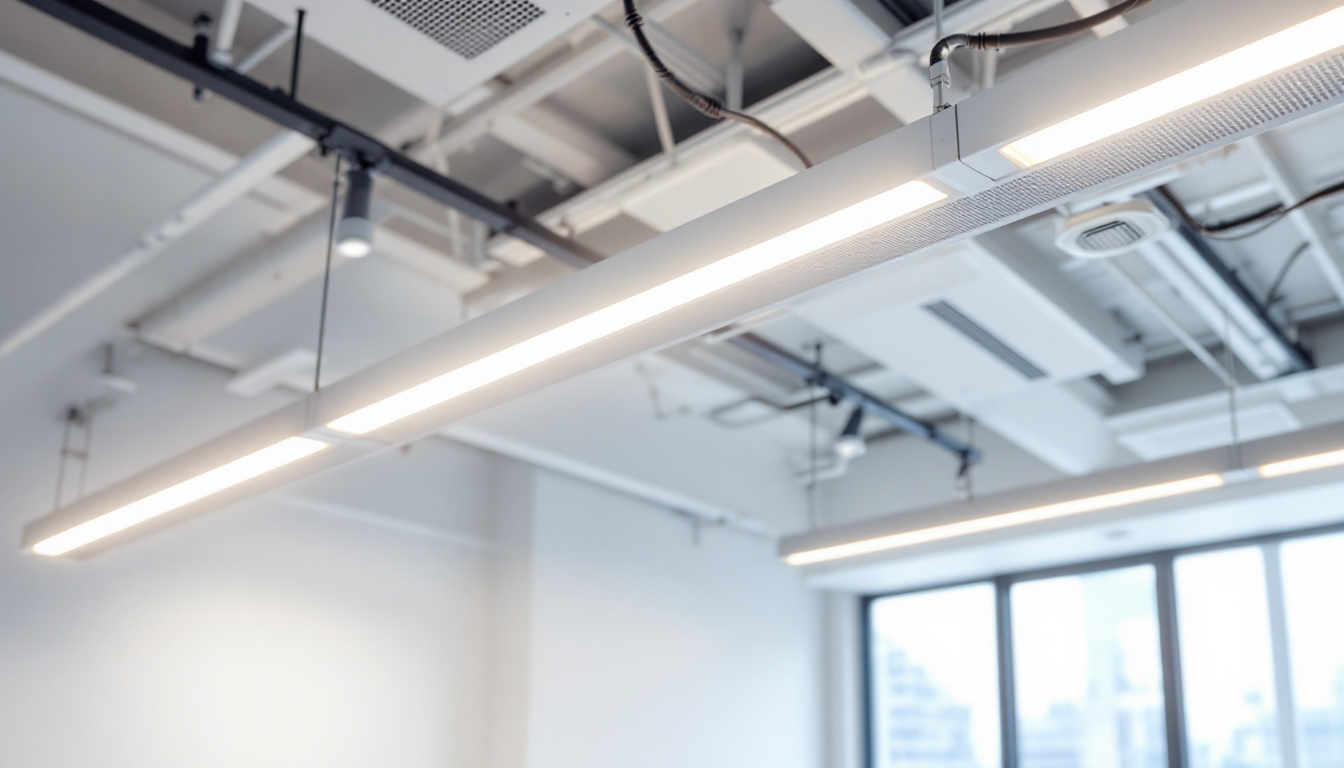
Discover essential compliance insights for lighting contractors with our comprehensive guide on white linear track lighting.
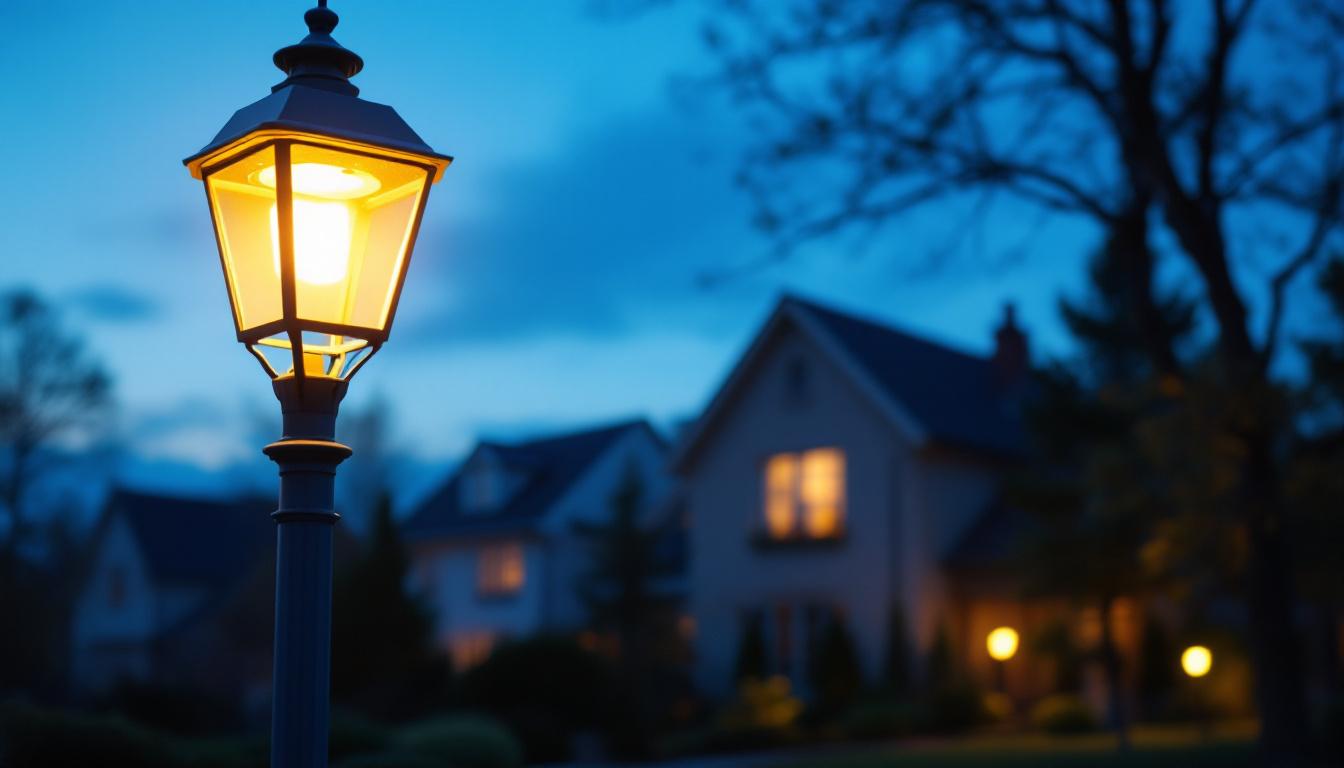
Discover essential tips and expert advice for lighting contractors on selecting and installing white outdoor lamp post lights.
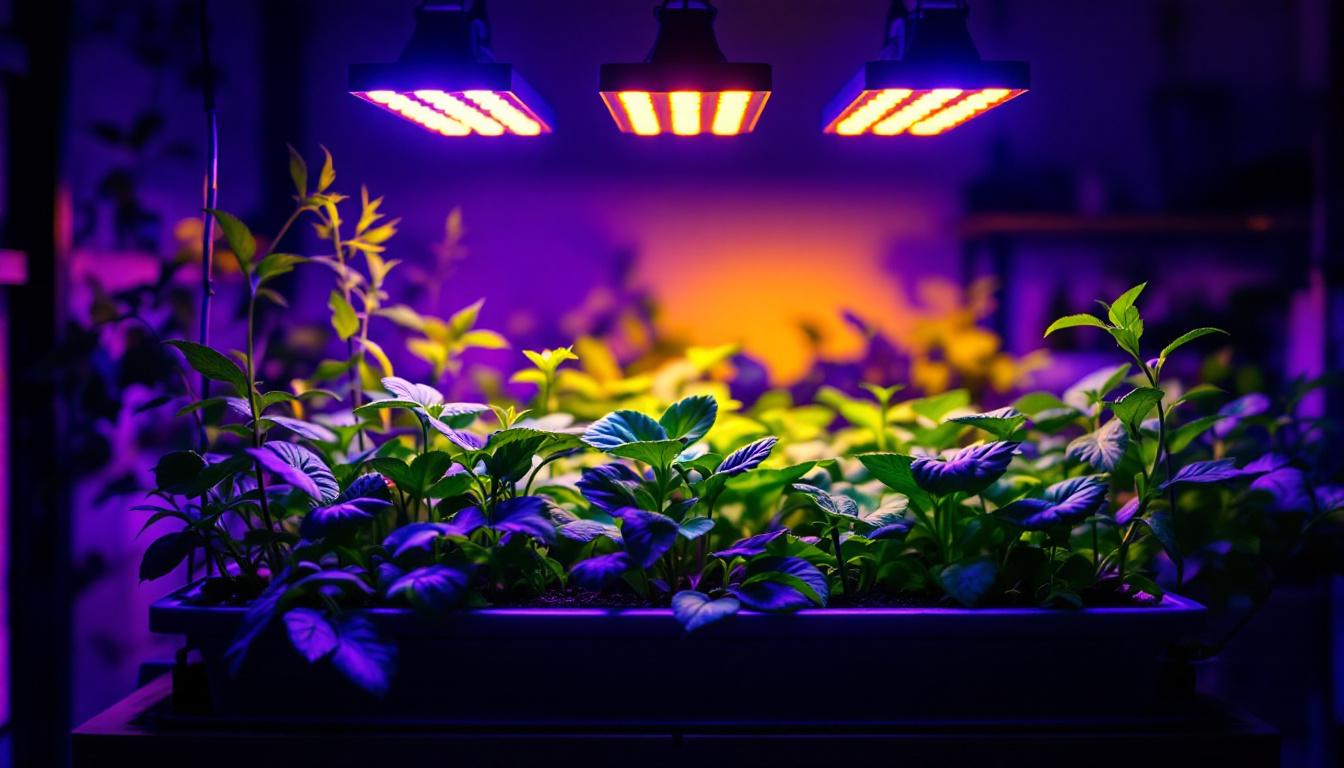
Discover how low-cost grow lights can revolutionize your lighting installation projects.